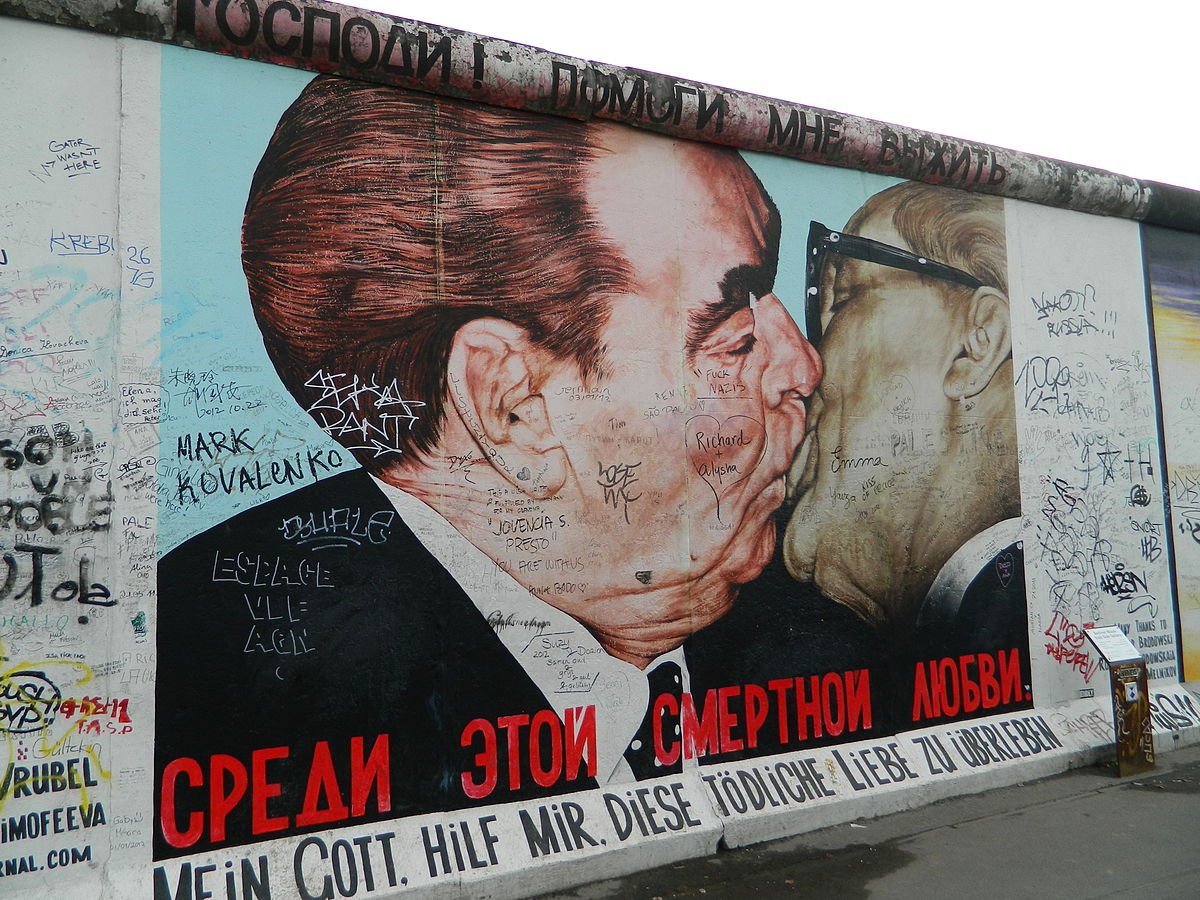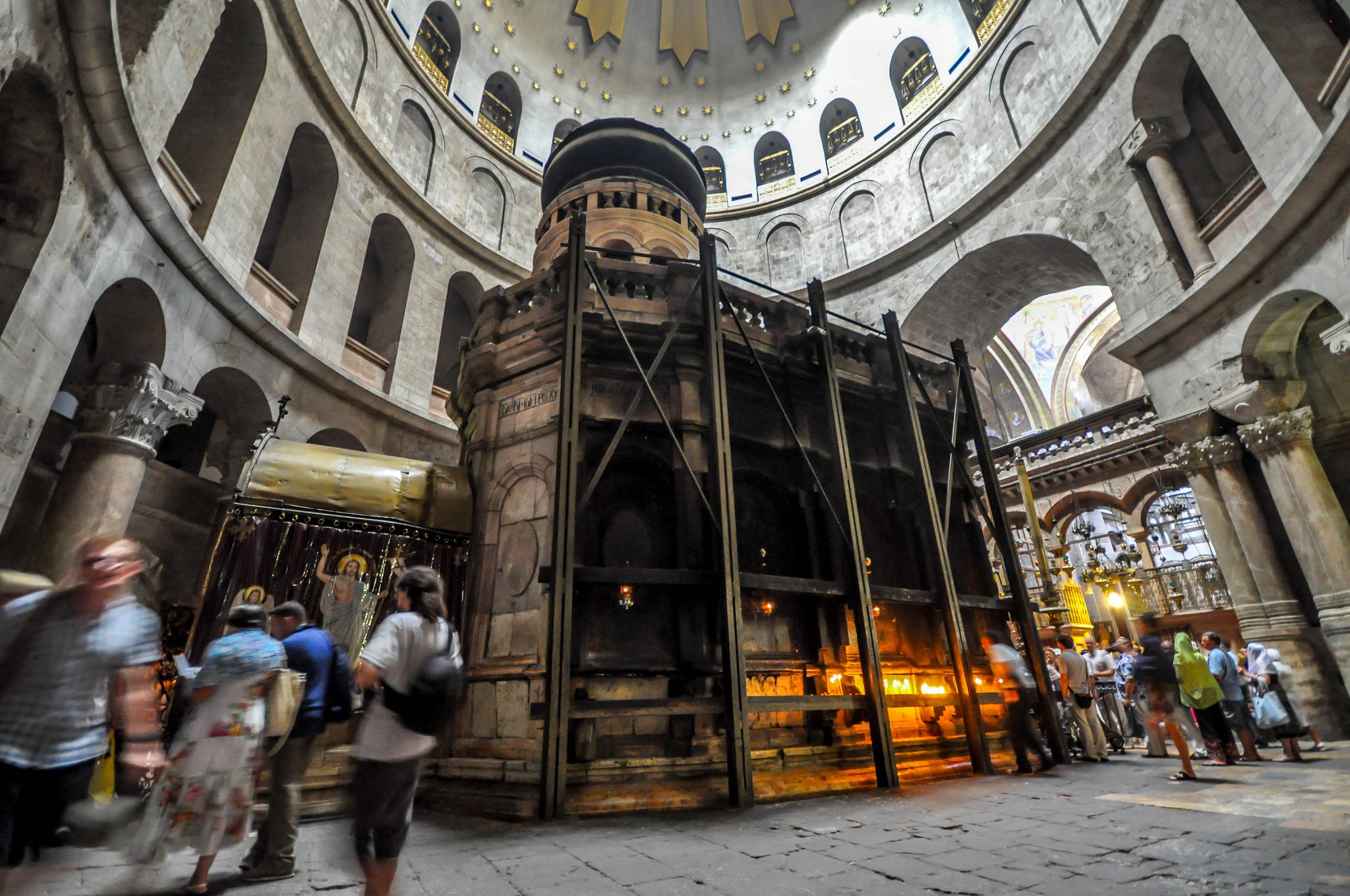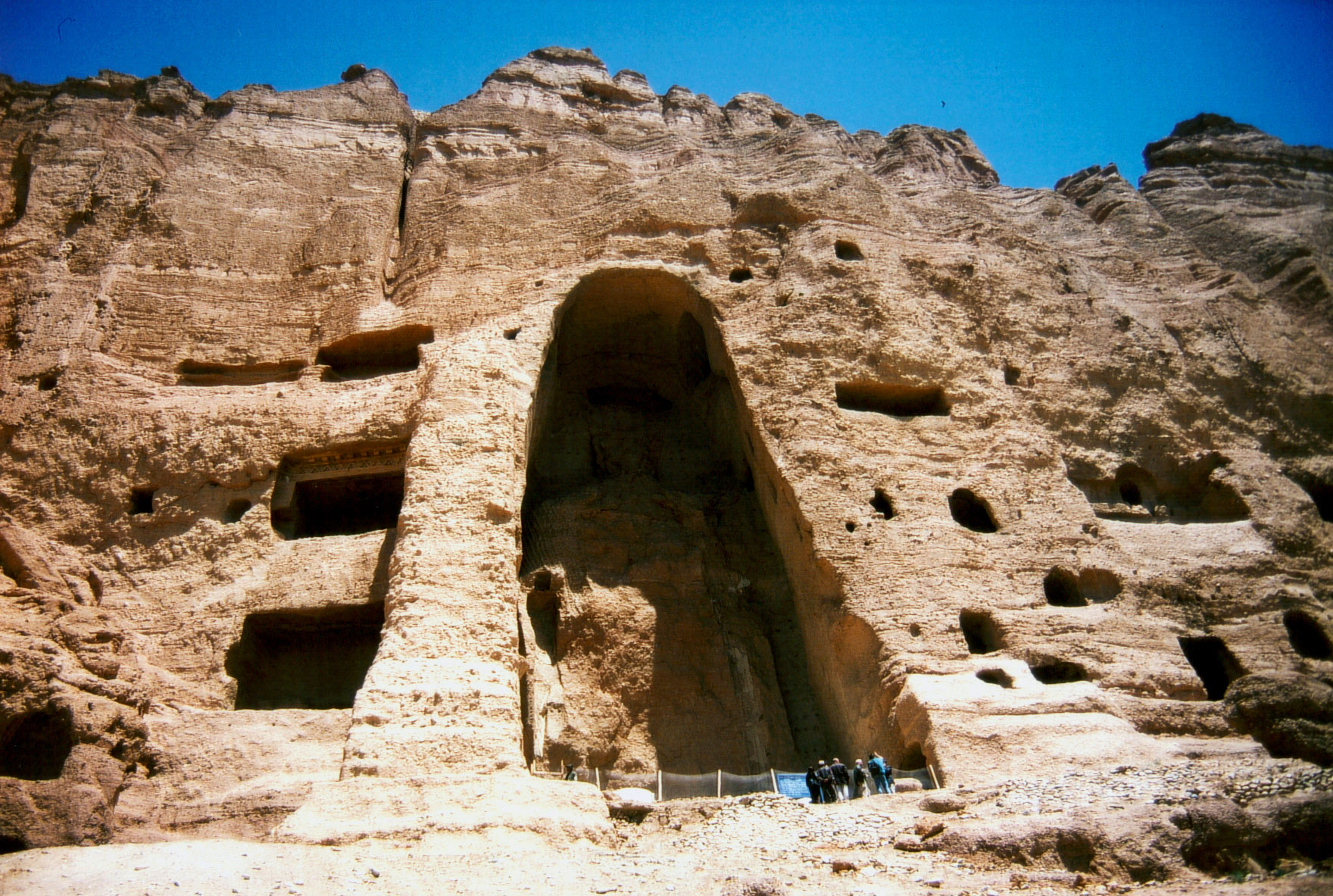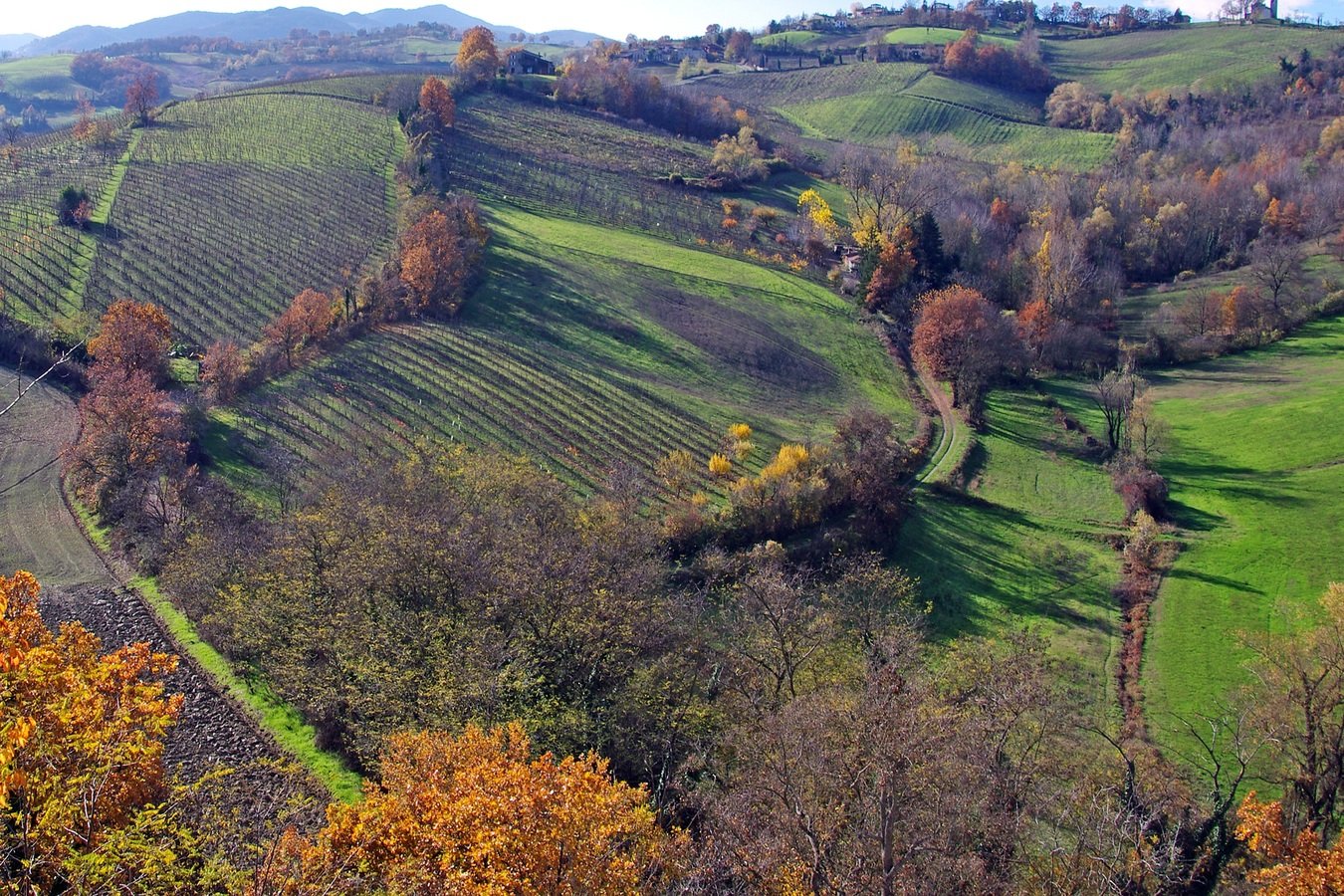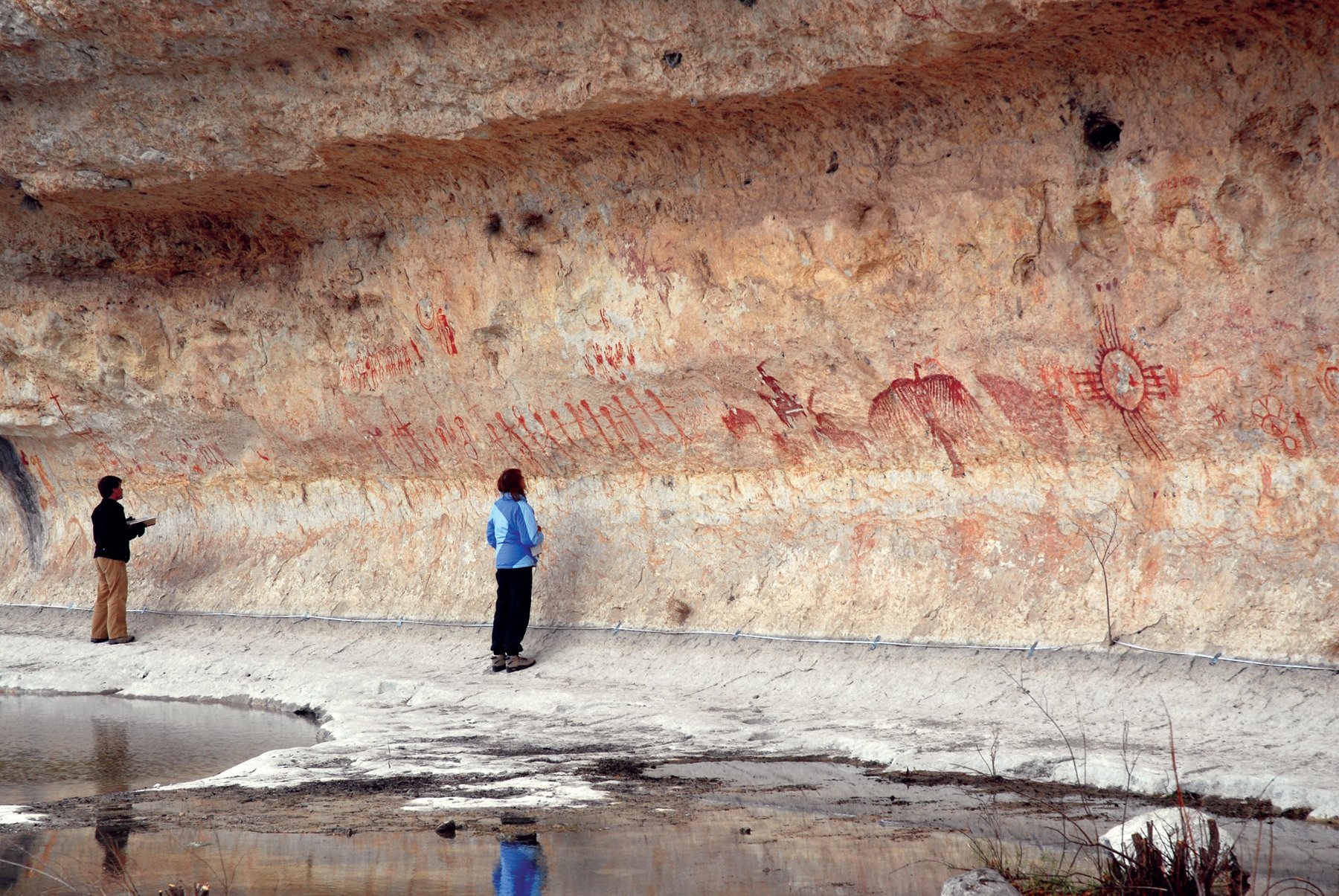Confronting cultural history leads to stronger European identity
by Ethan Bilby The act of confronting a troublesome past can be challenging by itself, and the Germans even have a word for it – Vergangenheitsbewältigung. Roughly one-third of current EU Member States spent decades behind the Iron Curtain, and many experienced one-party government for decades, but researchers see confronting uncomfortable history as part of a new … Read more

